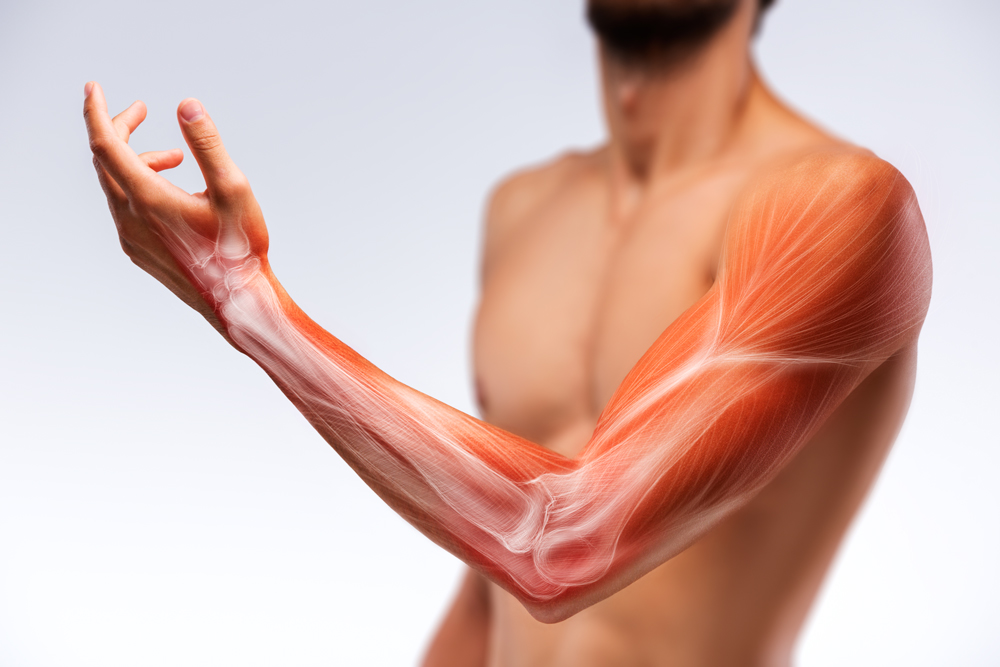-

-
About Us
- Our Vision
-
Personalized Care
Personalized Care Personalized Care Intro
Diagnostic Tests
- Digital X-Ray
- DynaROM
- 3D Body Scanning
- Gastrointentinal Health
- Organic Acids
- Comprehensive Stool Analysis
- Food Sensitivity
- Dietary Antigen Complete
- Endocrinology
- Thyroid Panel
- DUTCH Hormone Test
- Neurotransmitter Profile
- Adrenal Profile
- Nutritional Status
- Vitamin D
- Homocysteine
- Methylmalonic Acid
- Urine Iodine
- Organic Acids
- Copper Zinc Profile
- Essential Fatty Acid Profile
- RBC Metals & Minerals
- Toxic & Essential Elements
- RBC Elements
- Urine Toxic Metals
- Hair Metals & Minerals
- Urine Halides
Treatments
- Avacen Therapy
- Bioidentical Hormone Replacement Therapy (Anti-Aging)
- Chiropractic Care
- Electric Muscle & Nerve Stimulation
- Emsculpt Neo
- Emsella Treatment
- Erchonia Laser (Model EVRL)
- Exosomes
- Hair Restoration
- Headache & Migraine Treatment
- Hyaluronic Acid Injection
- Intersegmental Traction
- IV Nutrient Therapy
- Laser Lipo
- Massage Traction Chair
- PRP Facials
- PRP for Erectile Dysfunction
- PRP for Female Sexual Dysfunction
- PRP for Pain Relief
- PRP for Urinary Incontinence
- Semaglutide
- Shockwave Therapy for Cellulite & Skin Tightening
- Shockwave Therapy for Pain Relief
- Shockwave Therapy for Female Sexual Dysfunction
- Shockwave Therapy for Male Sexual Dysfunction
- Skin Rejuvenation
- Spinal Decompression
- TENS Unit
- Testosterone Replacement Therapy (TRT)
- Therapeutic Ultrasound
- Thyroid Care
- Trigger Point Therapy
- Durable Medical Equipment
- Ankle-foot Orthosis
- Cervical Rehab Coller
- Custom Foot Orthotics
- Lumbosacral Orthosis
- Osteoarthritis Knee Brace
- Wrist Brace
- FAQs
- Testimonials
- Pain Relief
- Weight Loss
-
Sexual Wellness
-
Anti-Aging
-
Resources
- Blog
- Video Library
- Store
-
Health Condition Library
Health Condition Library
- Ankle Osteoarthritis
- Bulging Spinal Disc
- Carpal Tunnel
- Cervical Degenerative Disc Disease
- Cervical Radiculopathy
- Elbow Bursitis
- Erectile Dysfunction
- Fatigue
- Female Hormone Imbalance
- Female Sexual Dysfunction
- Fibromyalgia
- Foot Arthritis
- Frozen Shoulder
- Golfer’s Elbow
- Hand Arthritis
- Headache
- Hip Bursitis
- Hip Osteoarthritis
- Hyperthyroidism
- Hypothyroidism
- Knee Bursitis
- Knee Osteoarthritis
- Low Testosterone
- Lumbar Degenerative Disc Disease
- Migraines
- Musculoskeletal Pain
- Obesity
- Osteoarthritis
- Plantar Fasciitis
- Plantar Fibroma
- Rotator Cuff Injury
- Sciatica Pain
- Shoulder Bursitis
- Shoulder Osteoarthritis
- Tennis Elbow
- Thoracic Degenerative Disc Disease
- Urinary Incontinence
- Weight Gain
- Wrist Arthritis
- Wrist Bursitis
- Contact
Understanding Elbow Bursitis
Alternate Names: Elbow bursitis is commonly referred to as olecranon bursitis due to its location near the olecranon, the bony prominence at the back of the elbow.

Introduction:
Elbow bursitis, also known as olecranon bursitis, is a condition that affects the small fluid-filled sacs called bursae located near the elbow joint. These bursae act as cushions between the bones, tendons, and muscles, reducing friction and allowing smooth movement. When the bursae become inflamed, it leads to elbow bursitis.
Symptoms of Elbow Bursitis:
The most common symptom of elbow bursitis is swelling at the back of the elbow. This swelling may be accompanied by redness, warmth, and tenderness. In some cases, the bursa may become infected, leading to additional symptoms such as fever, increased pain, and pus drainage.
Causes of Elbow Bursitis:
Elbow bursitis can be caused by various factors, including repetitive motions or prolonged pressure on the elbow. Activities such as leaning on the elbow for extended periods, repetitive throwing motions, or direct trauma to the elbow can lead to bursitis. Certain medical conditions, such as rheumatoid arthritis or gout, can also increase the risk of developing elbow bursitis.
Multiple Treatment Options:
- Rest and Immobilization: Giving the affected elbow adequate rest and avoiding activities that aggravate the condition can help reduce inflammation and promote healing. Immobilizing the elbow with a splint or brace may also be recommended.
- Ice and Compression: Applying ice packs to the affected area can help reduce swelling and pain. Compression bandages or sleeves can provide additional support and help control inflammation.
- Medications: Nonsteroidal anti-inflammatory drugs (NSAIDs) may be prescribed to alleviate pain and reduce inflammation. Although NSAIDs do reduce inflammation to temporarily relieve pain, they are responsible for 30% of hospital admissions for adverse drug side effects, mainly due to bleeding, heart attack, stroke, and kidney damage. In addition, from the first day of use, all NSAIDs increase the risk of gastrointestinal (GI) bleeding, myocardial infarction, and stroke.
- Injections: In some cases, corticosteroid injections may be administered directly into the bursa to provide immediate relief. Side effects of cortisone, which is commonly injected for joint pain, includes thinning of the skin, easy bruising, weight gain, puffiness of the face, elevation of blood pressure, cataract formation, thinning of the bones, and a rare but serious form of damage to large joints (avascular necrosis). Due to risks, patients may only get this treatment once every several months.
- Physical Therapy: A physical therapist can guide you through exercises and stretches to improve elbow strength and flexibility. They may also use ultrasound or electrical stimulation to promote healing.
- Aspiration and Surgery: If the bursa is filled with excess fluid or becomes infected, a healthcare professional may perform an aspiration procedure to drain the fluid or prescribe antibiotics to treat the infection. In rare cases where conservative treatments fail, surgical removal of the bursa may be considered.
Conclusion:
Elbow bursitis can cause discomfort and limit the range of motion in the affected elbow. However, with proper diagnosis and treatment, most cases of elbow bursitis can be effectively managed, allowing individuals to regain normal function and resume their daily activities. It is advisable to consult with a healthcare professional for a precise diagnosis and personalized treatment plan.








